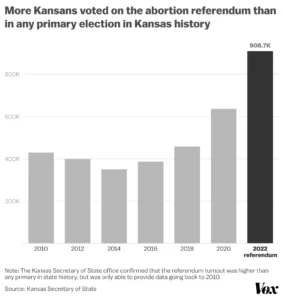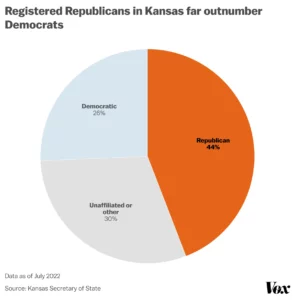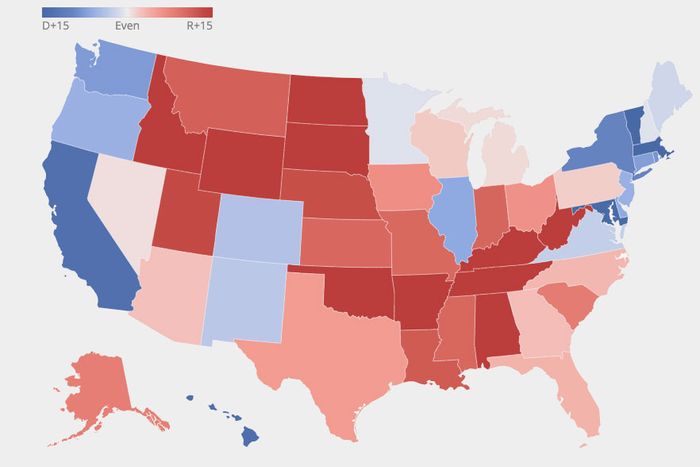From “Senate Democrats strike a blow against cynicism — and hopelessness” by WaPo columnist E. J. Dionne, Jr.: “On a straight partisan vote, Democrats approved the largest investment in history to fight climate change married to first steps toward controlling prescription drug costs and helping Americans buy health insurance….The bill also raised corporate taxes and increased tax enforcement to begin what should be a sustained effort to reform the tax code by way of bringing revenue closer to long-term alignment with spending…..If Congress had done nothing, the United States would have squandered any claim of global leadership on one of the central challenges of our time. It also would have been a signal that our political system is so dysfunctional that it could not even enact comparatively painless, positive incentives for moving toward cleaner energy….We were very close to this policy cliff until Senate Majority Leader Charles E. Schumer (D-N.Y.) negotiated an agreement with the two holdout members of his caucus, first Sen. Joe Manchin III (D-W.Va.) and then Sen. Kyrsten Sinema (D-Ariz.), leading to Sunday’s victory….The realist view accepts that voters don’t tote around lists of bills passed by Congress but insists that most of them do notice when the system seems to be working — or failing….Democrats have promised to contain drug costs for years. They finally did something. (And 43 Republican senators did themselves no political good by casting procedural votes on Sunday to block a cap on the cost of insulin for people who are not on Medicare.) Younger Americans especially were angry when Congress seemed ready to leave town without doing anything about climate change. Frustration gave way to something close to elation when a climate deal was finally reached….Nothing feeds cynicism about democracy and collective action more than abject institutional failure. That’s why what happened on Sunday matters. Despite partisan obstruction, arcane rules and dilatory habits, the Senate struck a blow against hopelessness.”
In their FiveThirtyEight article, “The Supreme Court Is Unpopular. But Do Americans Want Change?,” Amelia Thomson Deveaux, Michael Tabb and Anna Rothschild address the politics of high court expansion, and write: “Many Americans are dissatisfied with the Supreme Court, but there are very few ways to rein in the justices. The easiest option — expanding the court — has been unpopular for years, but in the wake of the court’s controversial decisions on guns and abortion, have Americans changed their minds?….Over just a week at the end of June, the Republican-appointed justices overturned the constitutional right to abortion, dramatically expanded gun rights, dealt a big blow to church-state separation, made it easier for religious schools to get public funding and limited the EPA’s ability to issue broad regulations to fight climate change….The Supreme Court’s approval fell after a draft version of the opinion overturning abortion rights leaked in May. That hasn’t changed since the Supreme Court’s term ended — in fact, recent polls tracked by FiveThirtyEight show that over half of Americans disapprove of what the court is doing….The Constitution doesn’t say anything about how big the Supreme Court should be, and Congress has added or taken away justices in the past. Term limits, on the other hand, might actually be unconstitutional….The problem for court-reform advocates is that while term limits are popular, adding justices to the court? Not so much. A poll conducted just after the Supreme Court overturned Roe v. Wade found that 54 percent of Americans do not want more justices added to the court, while 34 percent are in favor. Though, of course, there is a pretty big partisan split.” The authors conclude, “Even though Americans may be increasingly upset with the Supreme Court, it doesn’t seem like it’s going to be expanded anytime soon.” I’ve noticed that too many otherwise intelligent people, including liberals, scowl and parrot the GOP’s “packing the court” lingo, and then express genuine surprise when they are informed that the size of the Supreme Court has been changed 7 times, and no, it doesn’t take a constitutional amendment to do so. I usually ask them, “Besides, what is so good about the number 9?” That often elicits a shrug, mumble or blank stare response. I doubt there is a good answer. The way it is now, each justice has too much power. The court is too small to be trusted to make fair decisions for 330 million people — and that was true even before the Dobbs ruling.
For a nuanced update on the Democrats prospects for increasing their senate majority in the midterms, read “Reassessing the Race for the Senate” by Kyle Kondik at Sabato’s Crystal Ball. Kondik comments on the particulars of several close senate races as of this writing, and explains, “The abortion issue continues to be a significant wild card, and conservatives were dealt a stinging blow in Republican-leaning Kansas on Tuesday night when voters solidly picked the pro-abortion rights side in a statewide ballot issue….We typically do not think candidate debates make that much of a difference, but the combination of the low experience level of the GOP candidates and the unpopularity of their stridently anti-abortion positioning could lead to some legitimately important moments on the road to November. Back in 2012, Indiana Republican Senate candidate Richard Mourdock arguably destroyed his chances when, during a debate with Democrat Joe Donnelly, Mourdock said when a woman is impregnated during a rape, “it’s something God intended.” Republicans who have already made it clear they support hardly any exceptions to banning abortion are probably going to say similar things, if they haven’t already….We also seriously doubt Biden’s numbers are really going to improve. For too many Americans, he just does not seem up to the economic challenges that worry them (namely, inflation)….So then it’s just a question as to whether the Republicans can capitalize — and that is a big question. So much so that we think the battle for the Senate is now basically a Toss-up.” However, Kondik concludes, “the GOP’s move toward less experienced candidates makes this a harder race to handicap than it otherwise might be.” The wild card here may be the ability of Democratic campaigns to pin the extremist label on GOP candidates who have praised the Dobbs decision.
“If democrats avoid the worst outcome in November’s midterm elections, the principal reason will likely be the GOP’s failure to reverse its decline in white-collar suburbs during the Donald Trump era,” Ronald Brownstein writes at The Atlantic. “That’s a clear message from yesterday’s crowded primary calendar, which showed the GOP mostly continuing to nominate Trump-style culture-war candidates around the country. And yet, the resounding defeat of an anti-abortion ballot initiative in Kansas showed how many voters in larger population centers are recoiling from that Trumpist vision….The more realistic route for Democrats in key races may be to defend, as much as possible, the inroads they made into the white-collar suburbs of virtually every major metropolitan area during the past three elections. Although, compared with 2020, the party will likely lose ground with all groups….A Monmouth University pollreleased today showed that white voters without a college degree preferred Republicans for Congress by a 25-percentage-point margin, but white voters with at least a four-year degree backed Democrats by 18 points….A recent Fox News Poll in Pennsylvania showed the Democratic Senate nominee John Fetterman crushing Republican Mehmet Oz among college-educated white voters, while the two closely split those without degrees. Another recent Fox News poll in Georgia found Senator Raphael Warnock trailing his opponent Herschel Walker among noncollege white voters by more than 40 percentage points but running essentially even among those with degrees (which would likely be enough to win, given his preponderant support in the Black community). The most recent public surveys in New Hampshire and Wisconsin likewise found Republicans leading comfortably among voters without advanced education, but Democrats holding solid advantages among those with four-year or graduate degrees. A poll this week by Siena College, in New York, found Democratic Governor Kathy Hochul splitting noncollege voters evenly with Republican Lee Zeldin, but beating him by more than two-to-one among those with a degree….This strength among college-educated voters may be worth slightly more for Democrats in the midterms than in a general election. Voters without a degree cast a majority of ballots in both types of contests. But calculations by Catalist, a Democratic-voter-targeting firm, and Michael McDonald, a University of Florida political scientist who specializes in voter turnout, have found that voters with a college degree consistently make up about three to four percentage points more of the electorate in a midterm than in a presidential election. “When we see lower turnout elections,” like a midterm, “the gap between high-education and low-education voters increases,” McDonald told me. In close races, that gap could place a thumb on the scale for Democrats, partially offsetting the tendency of decreased turnout from younger and nonwhite voters in midterm elections….Kansas result showed, abortion rights may be an especially powerful weapon for Democrats in white-collar areas. Polls, such as a recent survey by the nonpartisan Pew Research Center, have generally found that about two-thirds or more of voters with at least a four-year college degree believe abortion should remain legal in all or most circumstances. That support is evident even in states that generally lean toward the GOP: Recent public surveys found that strong majorities of voters with college degrees supported legal abortion in Georgia and Texas, and another survey showed majority backing among more affluent voters in Arizona….Republicans have responded to their suburban erosion by betting even more heavily on the policies and rhetoric that triggered their decline in the first place. In November, white-collar suburbs may be the deciding factor between a Republican rout and a split decision that leaves Democrats still standing to fight another day.”











